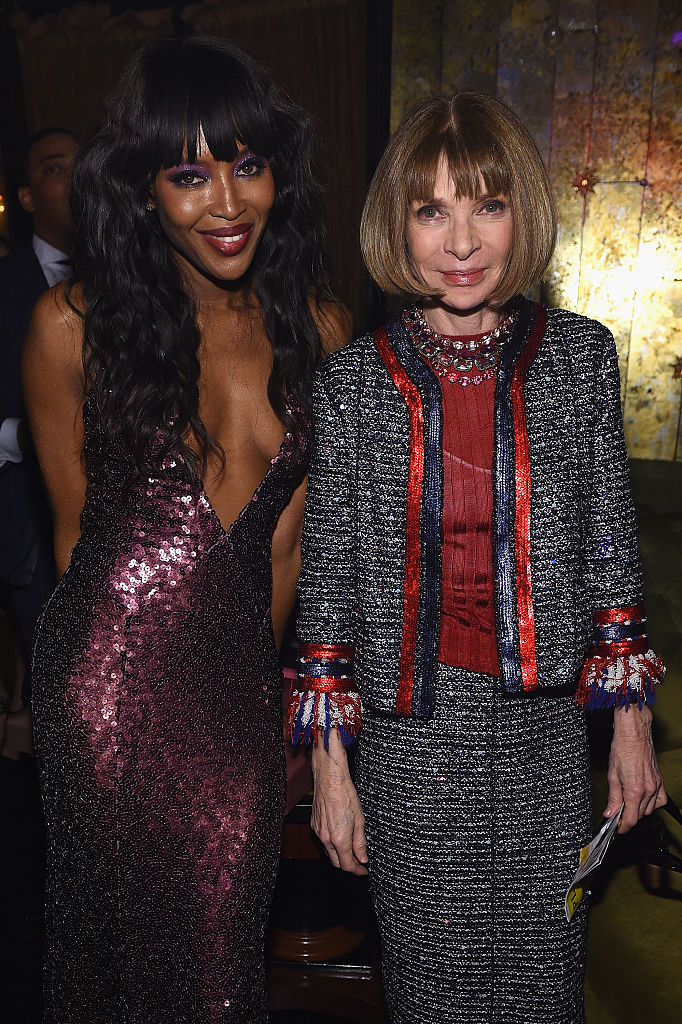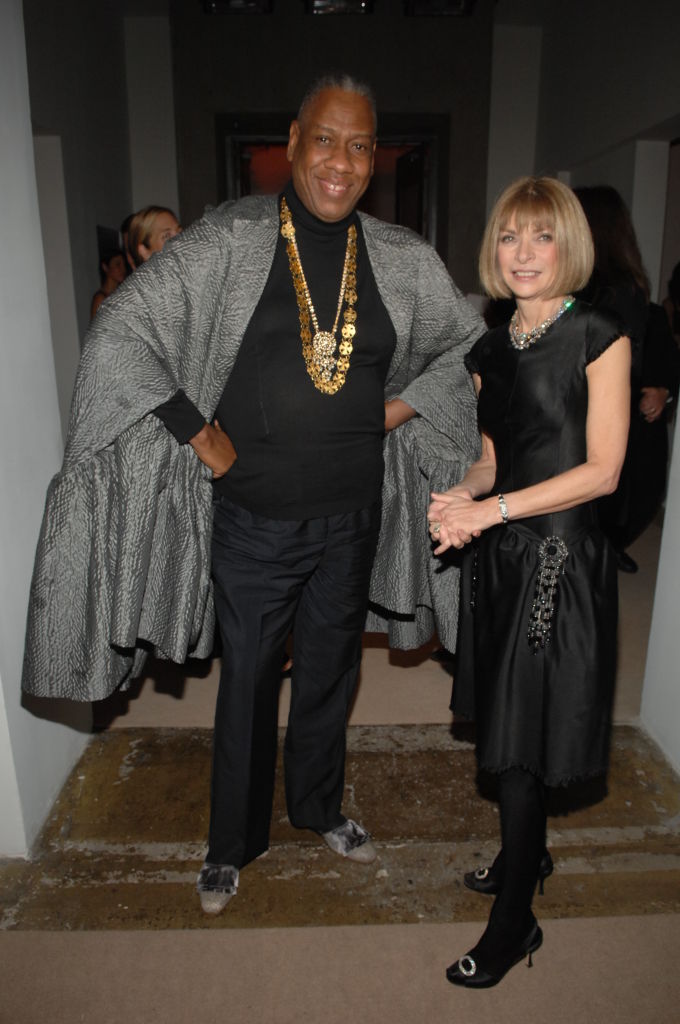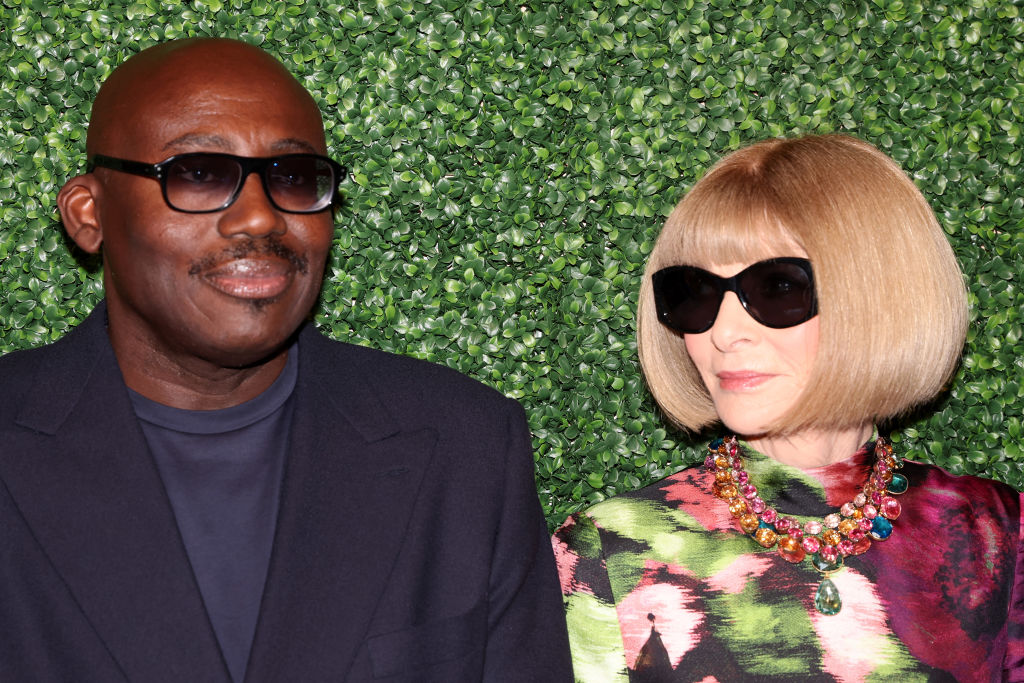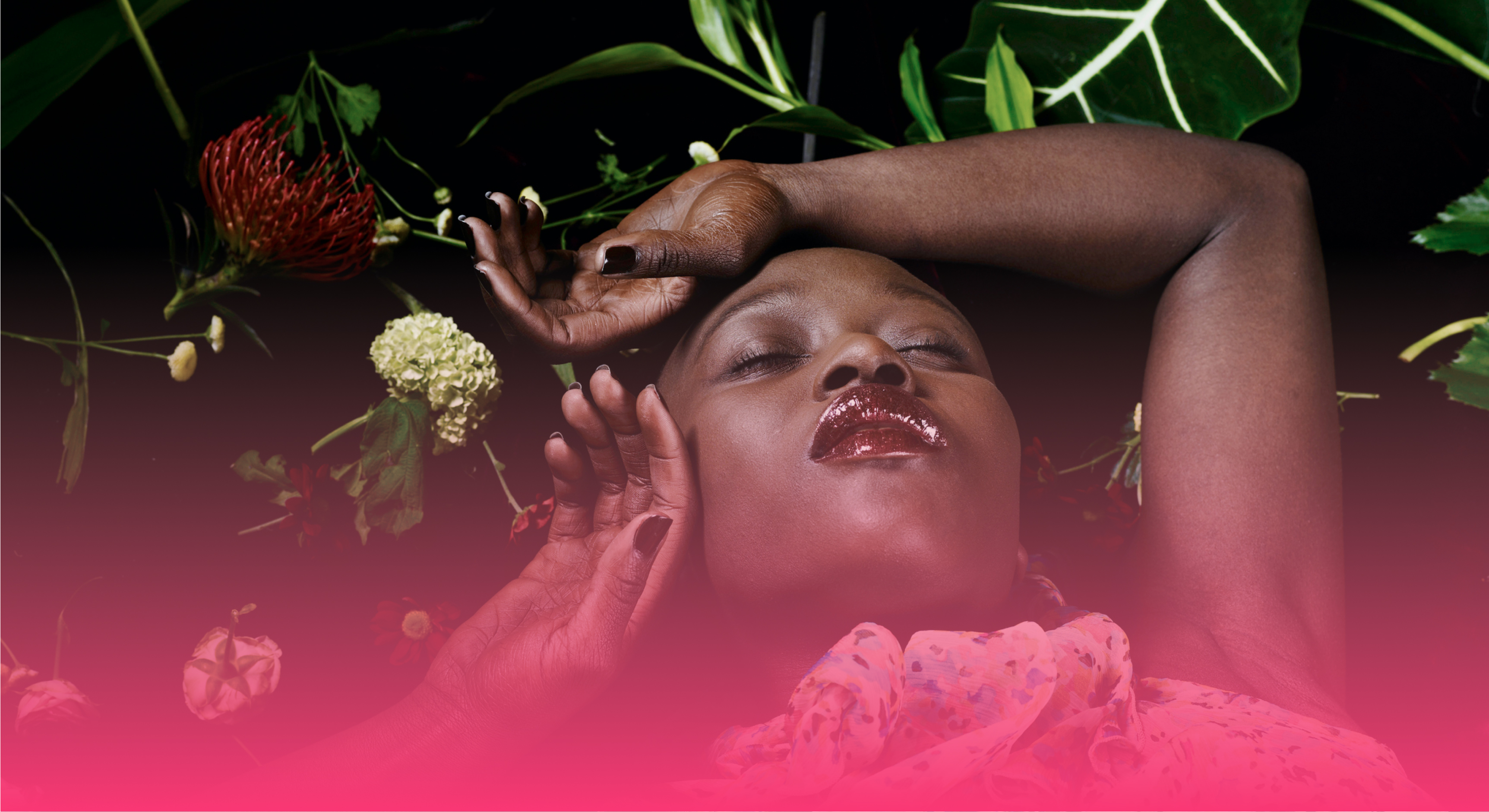Anna Wintour Steps Down: What Her Exit Means For Fashion
Say What You Want About Anna Wintour, But She Helped Change The Game

Anna Wintour leaving U.S. Vogue? Well, this is major.
On June 26, Vogue confirmed that Anna is stepping down from her decades-long reign as editor-in-chief of U.S. Vogue. The move comes after a successful, unapologetically Black, and viral 2025 Met Gala and other fashion happenings.
It’s the kind of news that fashion folks will be unpacking for weeks. No matter how you feel about her, Anna is a legend.
The change signifies the end of an era.
Anna Wintour is stepping down as Editor-in-Chief of American Vogue
According to Vogue, Anna told staff there was a new position opening up: editor-in-chief of U.S. Vogue. Conversely, Anna will assume an even more global position, continuing as Vogue’s global editorial director and Chief Content Officer for Condé Nast. In this role, she will oversee GQ, Vanity Fair, Allure, Bon Appétit and Glamour.
But with her exit from U.S. Vogue, the real question on everyone’s mind is: What happens next? And what does this moment mean for the fashion industry, including Black creatives and underrepresented voices who’ve worked hard to make it on the runway?
Sure, Anna has faced criticism for her role in upholding fashion’s gatekeeping. But even within a notoriously exclusive industry, she has used some of her power to open doors for Black excellence. And it’s hard to talk about her lasting legacy without mentioning her actions.
From Naomi to André to Telfar: Anna Wintour’s legacy of increasing diversity in fashion

Source: Dimitrios Kambouris / Getty
Think about muva Naomi Campbell. In 1989, Anna fought for Naomi to land the Vogue September cover—the most important issue of the year—at a time when Black models were rarely given that kind of shine.
Her boss reportedly questioned it. But Anna didn’t budge.
“It never crossed my mind,” she later said when asked why she didn’t reconsider Naomi. That cover didn’t just make fashion history, it helped change how society viewed Black beauty.
Then there’s André Leon Talley. Anna promoted him to Creative Director at Vogue in the late ’80s. He was the first Black man in this position. His bold voice, unique style, and deep knowledge helped reshape the legacy publication from the inside out. André mentored and inspired a generation of Black creatives and fashion lovers.
While insiders will tell you André and Anna’s relationship had its ups and downs, its impact and legacy are undeniable.

What about when Anna funded Black designers, mentored them, and admitted change needed to happen?
And then there is the CFDA/Vogue Fashion Fund, which Anna helped launch in 2003. It’s where Christopher John Rogers (CJR), the Black designer behind so many red carpet mic drops, got his big break.
When he won the fund in 2019, it wasn’t just a trophy moment—business mentorship, financial support and credibility helped scale his brand from buzz to brilliance. Several other designers of color have also benefitted from this fund, including LaQuan Smith, Telfar, House of Aama, and Hanifa.

Behind every glossy cover, star-studded event, and dreamy runway show, there is a pipeline of editorial powerhouses who came up through Anna’s Vogue. She’s helped shape the careers of Edward Enninful (former editor-in-chief of British Vogue), Chioma Nnadi (current head of British Vogue), and editors like Leah Faye Cooper and Naomi Elizée—all Black tastemakers influencing how we see beauty and style today.
And let’s not forget 2020. In the wake of racial justice movements, Wintour publicly admitted that the industry had failed Black creators. That same year, she signed onto Aurora James’s 15% Pledge, committing Vogue to dedicate at least 15% of its content and collaborations to Black creatives. It was long overdue but still mattered. And it set a tone for other fashion giants to follow.
So what’s next, or better yet, who’s next?
Whoever comes next won’t just inherit a legendary office and an archive of Met Gala invites—they’ll be expected to push the culture forward. The industry is changing.
More equity. More inclusion. More style rooted in people. Less gatekeeping. Less exclusionary runways. Fewer campaigns and retail offerings that don’t reflect society.
So, before she officially steps down, let’s give credit where it’s due. She wasn’t (isn’t) perfect—but she was powerful. She played a part in this style shift. Whether it was her infamous nod, strategic decisions, or quick appearances on fashion week front rows, Anna shaped our fashion landscape today.

And she did something that few in leadership have braved to do. Anna evolved.








